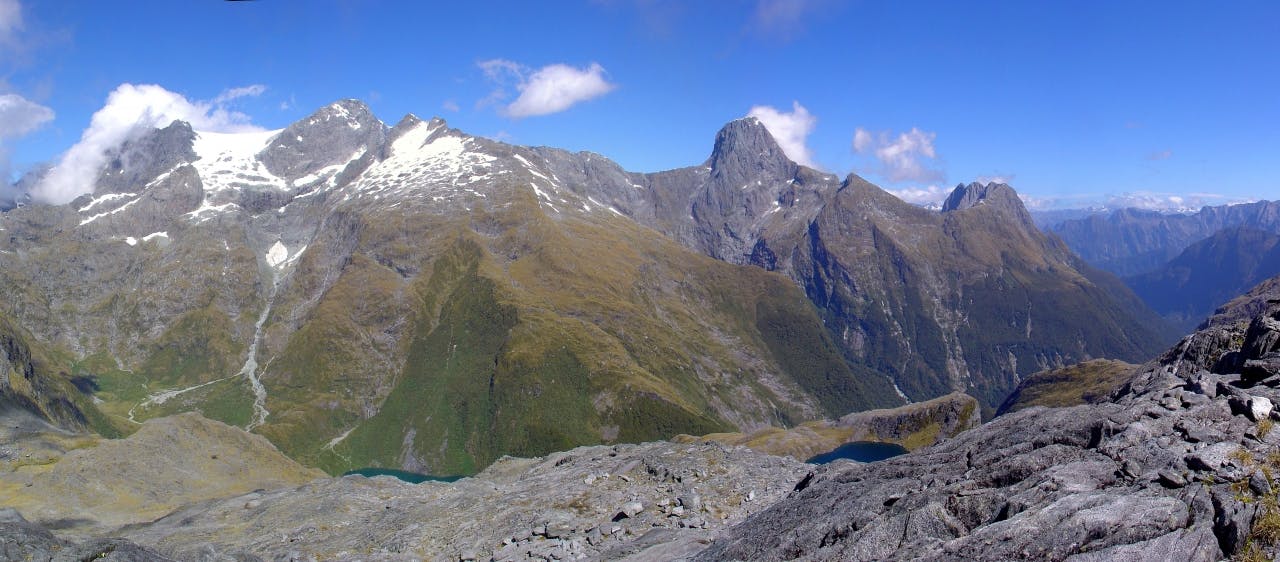The Department of Conservation is facing even more pressure to renege on its decision to allow up to 80 helicopter landings a day on the Ngapunatoru Ice Plateau in Fiordland National Park.
The New Zealand Recreation Association (NZRA), a charitable organisation that promotes recreation for the benefit of New Zealanders, has expressed concern about the Department of Conservation’s decision to increase the number of helicopter landings in Fiordland National Park in contravention of that park’s management plan.
Federated Mountain Clubs recently called on the Ombudsman to intervene in the decision by DOC to override the statutory limits for aircraft landings outlined in the Fiordland National Park Management Plan. Documents obtained by FMC under the Official Information Act showed DOC held closed-door discussions with the aviation industry which led to the limit of 10 landings being increased to 80.
NZRA chief executive Andrew Leslie has questioned the lack of consultation, saying the value climbers and other recreationalists placed on the area’s quiet atmosphere and wilderness characteristics seemed to have been disregarded.
“DOC has allowed for a huge increase in helicopter landings on Mt Tutoko’s Ngapunatoru Plateau, previously forbidden by its own management plan,” he said. “The Fiordland National Park Management Plan was crafted over several years and was widely consulted upon by recreationalists, conservationists, iwi and commercial operators. Strict statutory limits were applied to achieve a balance of everyone’s interests. This seems to have been overruled.”
FMC’s president, Peter Wilson, said the current management plan, which expires in 2017, cost more than $500,000 and countless hours of input from recreation groups.
Under the current management plan, the Ngapunatoru Ice Plateau is considered a high use site for glacier landings and backcountry ski access and climbing. The management plan states that the area ‘will be managed primarily for the remote climbing opportunities it provides’.
Despite this, DOC has agreed to increase helicopter landings at the site for a 12-month period, in a decision it claims factors in growing demand from tourism operators and the impact on recreational users and the environment.
“The Conservation Act explicitly sets out a requirement to foster recreation on public conservation land, whereas allowing for tourism must be more carefully weighed,” Leslie said. “NZRA recognises that a vibrant and responsive tourism industry is essential for the economic wellbeing of New Zealand and that most of the time recreational and tourism interests are closely aligned. But tourism and conservation rely upon broad societal agreement over tourism’s impacts and trade-offs.
“Whenever decisions like these are made, it can be difficult to find the right balance between the needs of tourism on the one hand, and the needs of users and the environment. This is why it’s crucial to consult with all relevant parties.”






